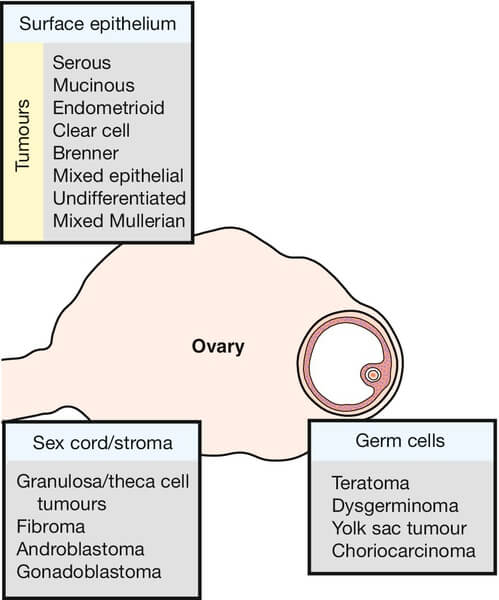The latest TNM and FIGO staging for Ovarian Cancer has been discussed earlier here. Here, we will discuss pathology of ovarian tumors in short and in a way thats easy to grasp. WHO Classification of Ovarian Tumors Cells of origin Surface coelomic epithelium Germ cells Sex cord, stromal cells Metastatic…
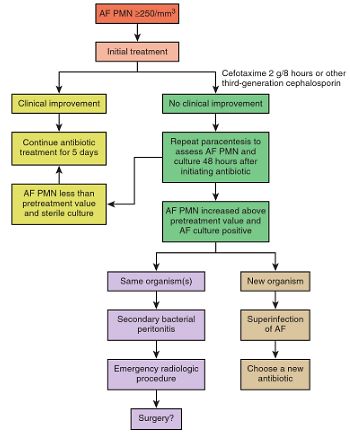
Ascitic Fluid Analysis : How to come to diagnosis?
We have already discussed about the practical essentials about Ascitic Paracentesis including absolute contraindications, site of needle entry and appropriate volume replacement. Laboratory analysis of ascitic fluid may provide answers to important clinical questions, as its composition varies depending on the underlying cause. Gross Special test WBC (/mm³) – most useful PMN…
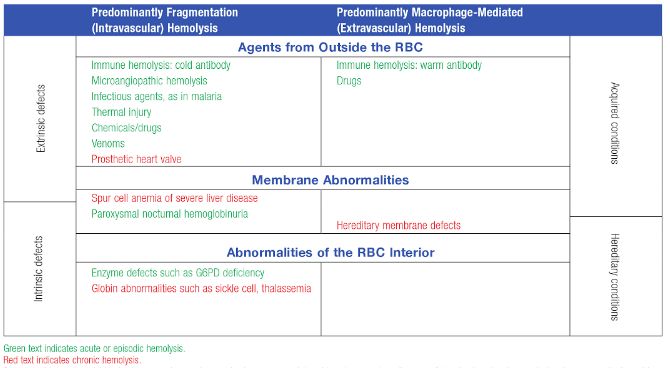
Hemolytic Anemia – Quick review
Although, we classify as intravascular and extravascular hemolysis, “diseases” don’t read the book. These disorders may be described as causing extravascular hemolysis, but your case may be the uncommon exception with intravascular hemolysis that was not mentioned. Diseases may cause anemia by both intravascular and extravascular hemolysis. Extravascular hemolysis typically…
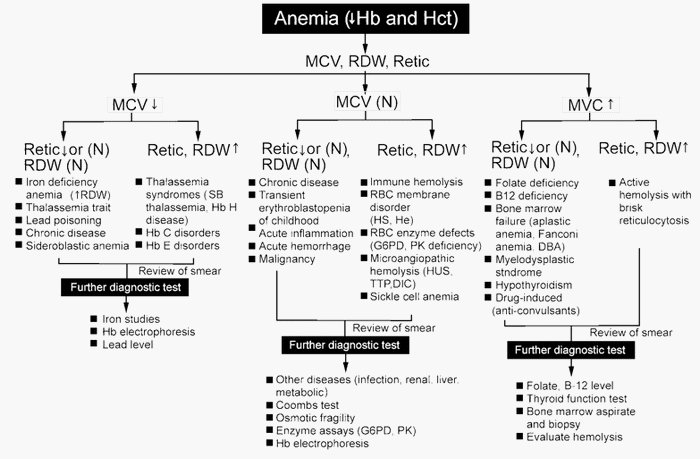
Understanding Red cell indices
Rule of 3s The measured hemoglobin concentration is 3 times the RBC count, and the calculated hematocrit is 3 times the Hb level. A significant deviation means artifacts in the value estimated or the RBCs are smaller or larger than the normal. HCt = 3 X Hb RBC count =…
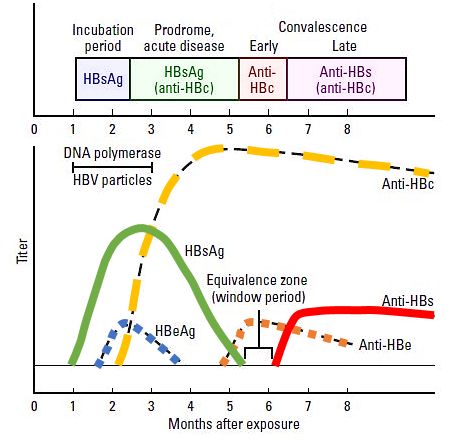
Interpreting Hepatitis B Serology in 5 Easy steps
Hepatitis B surface antigen (HBsAg) Appears during incubation period (1-6 months), 2-7 weeks prior to symptoms. Peaks when the patient is most ill. Becomes undetectable in 3-6 months. Indicates infection – recent or chronic. Hepatitis B surface antibody (anti-HBs or HBsAb) Arises once the acute disease has resolved. Sometimes, not…
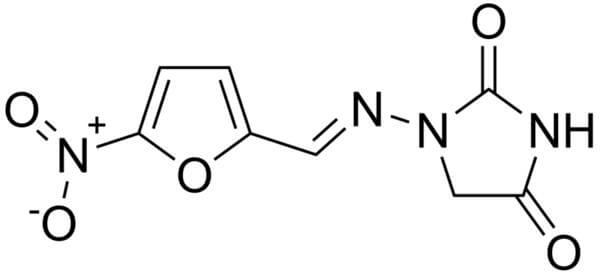
Is Nitrofurantoin effective for Skin infections?
Recently, a wound swab culture and sensitivity reported an E.coli sensitive to Nitrofurantoin. But will it really be helpful in the wound infection? Without a doubt, literatures claim that the sole use of the drug is in the treatment of Urinary Tract Infection (UTI), as after oral or intravenous (i.v.)…
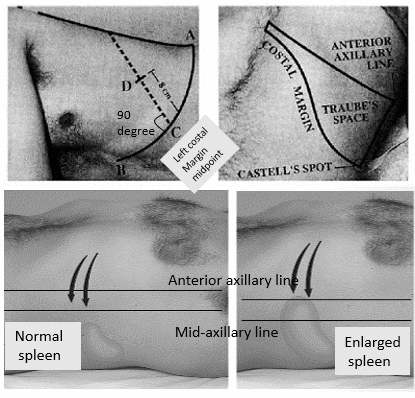
Percussion of Spleen
Traube’s semilunar space Borders: Superiorly: Left 6th rib superiorly Laterally: Left midaxillary line or Left anterior axillary line Inferiorly: Left costal margin Method: Patient’s position: supine with left arm slightly abducted. Percuss: from medial to lateral Interpretation: Resonance (Normal) and Dullness (Splenomegaly) Also: Pleural effusion or mass in stomach may…
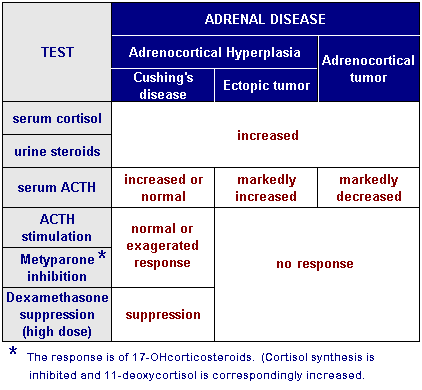
Understanding Dexamethasone Suppression Test
The Dexamethasone Suppression Test (DST) is based on the principle of negative feedback exerted by steroids on pituitary gland’s ACTH secretion. Negative feedback with exogenous steroid works if the cause is excessive ACTH secretion from pituitary: 1. Cushing’s disease (pituitary ACTH dependent Cushing’s syndrome): Excessive ACTH secretion by pituitary adenoma…
